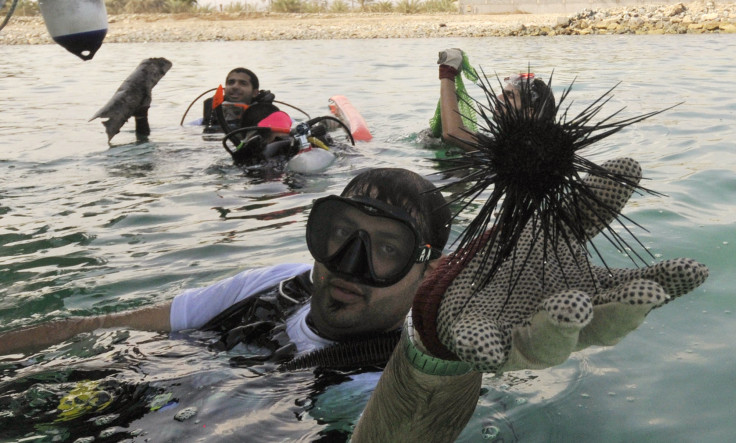The Size Of Animals Increases With Evolution

Evolution seems to follow a rule for body size: body size increases with evolution. This is according to new research by scientist Jonathan Payne and colleagues at the Stanford School of Earth, Energy & Environmental Sciences. Stanford scientists have found fresh support for Cope's rule, a theory that states that animal lineages tend to evolve toward larger sizes over time.
Named after paleontologist Edward Cope, Cope's rule was formulated in the late 19th century after paleontologists noticed that the body sizes of terrestrial mammals such as horses generally increased over time. We've known for some time now that the largest organisms alive today are larger than the largest organisms that were alive when life originated or even when animals first evolved.
What was unclear is whether the average size of animals has been changing over time, and, if so, whether that reflects a trend, or directionality, in body size evolution. The study, published in Science, reveals that over the past 542 million years, the mean size of marine animals has increased 150-fold. That's the size difference between a sea urchin that is about 2 inches long versus one that is nearly a foot long. It represents a big jump, according to the study.
The research also found that the increase in body size that has occurred since animals first appeared in the fossil record around 550 million years ago is not due to all animal lineages steadily growing bigger, but rather to the diversification of groups of organisms that were already larger than other groups early in the history of animal evolution. For reasons that we don't completely understand, the classes with large body size appear to be the ones that over time have become differentially more diverse.
Scientists have attempted to test Cope's rule in other animal groups, but the conclusions have been mixed. Corals and dinosaurs seem to follow Cope's rule, for example, but birds and insects do not. As a result, some scientists have wondered whether the pattern observed in land mammals is a real evolutionary phenomenon or merely a statistical one resulting from random, non-selective evolution, also known as neutral drift. The discovery that body size often does evolve in a directional way makes it at least worth asking whether we're going to find directionality in other traits if we measure them carefully and systematically.
To contact the writer, email: sonali.raj@gmail.com





















